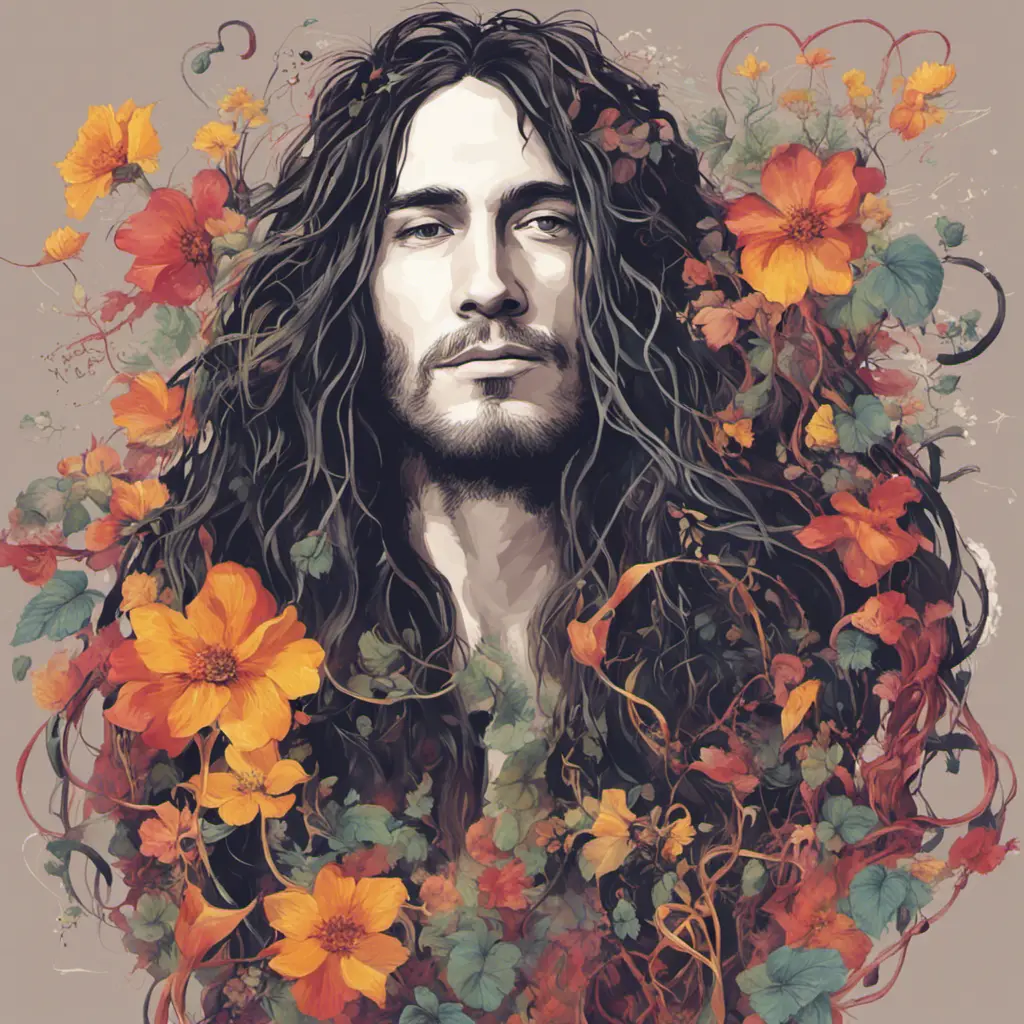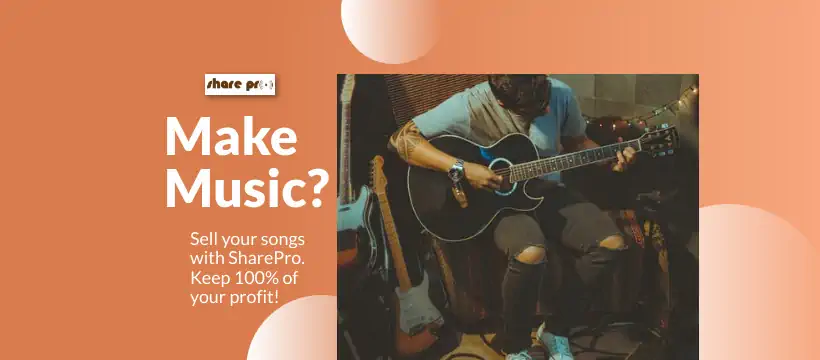The Origins of Indie Music:How Everything Started
Journey from the underground basements of passionate musicians to today's superstars.
From the underground basements of passionate musicians to the vibrant stages of music festivals, indie music has carved its own unique path in music. Born out of a desire for artistic freedom and a rejection of mainstream conformity, indie music has grown into a powerful cultural phenomenon that resonates with audiences around the world.
With its distinct sound and uncompromising spirit, indie music has captured the hearts of music enthusiasts, offering a refreshing alternative to the polished productions of the mainstream industry. In this article, we will embark on a captivating journey through the origins of indie music, exploring the rebellious roots, influential pioneers, and defining moments that have shaped this dynamic movement.
What Is Indie Music?
Defining indie music is like trying to capture a free-spirited bird in a descriptive cage. It encompasses a diverse range of artists and sounds that share a common ideal of independence.
That's because indie artists take control of their creative process, releasing music through independent labels or self-distribution. The main elements in indie music are artistic freedom, experimentation, and a refusal to conform to mainstream trends.
Indie music began as an underground movement but has gained recognition, with indie artists topping charts and headlining festival lineups. The appeal of indie music lies in its authenticity and the intimate connection between artists and fans. It has also become a symbol of counterculture, a refuge for those seeking music that challenges convention and celebrates individuality.
The Birth of Indie Music: Influences and Precursors
The emergence of indie music is directly connected with the rise of independent record labels. In the late 1970s and early 1980s, a breaking shift occurred in the industry with the advent of independent record labels. These labels provided a platform for artists who were overlooked or rejected by major labels and played a crucial role in nurturing the indie music scene. They allowed artists to retain creative control, explore new sounds, and release music on their own terms. This newfound independence gave birth to a vibrant and diverse range of musical expressions.
Independent labels supported artists such as The Smiths, Joy Division, and The Fall, who challenged mainstream conventions. The success of these artists paved the way for other aspiring musicians to embrace their own unique visions.
In addition, at the core of indie music is the Do-It-Yourself (DIY) ethos, a spirit of independence and self-sufficiency. This practice resonated strongly with artists who wanted to create music on their own terms, free from the commercial pressures of the mainstream industry. DIY culture empowered musicians to record and produce their music independently, often in makeshift home studios or small recording spaces.
The conception of indie music was intimately intertwined with subcultures and underground movements that provided a fertile ground for its development. These subcultures acted as incubators for emerging artists, nurturing creativity and fostering a sense of belonging. From the punk and post-punk scenes to the alternative and college rock movements, various subcultures embraced indie music as a means of self-expression and cultural resistance.
Among them, we have the punk movement of the late 1970s with many bands that adopt the DIY approach and rebelled against the commercialization of music. But the alternative rock scene of the 1980s and 1990s also played their part. With its rejection of mainstream pop sensibilities, it brought the indie music movement into the public eye.
These subculture and underground movements built a sense of community and offered alternative spaces (small clubs, basement venues, or college radio stations) where independent bands could perform and connect with like-minded individuals.
Alternative and punk rock in the 1970s
The roots of indie music can be traced back to the dynamic era of alternative and punk rock in the 1970s. This rebellious movement, characterized by its raw energy and DIY ethos, laid the foundations for independent music as we know it today. Bands such as The Ramones, The Clash, and The Sex Pistols challenged the norms of mainstream rock, paving the way for a new wave of music characterized by its simplicity and unapologetic attitude.
As alternative rock emerged in the late 1970s and gained momentum in the 1980s, artists such as Sonic Youth, R.E.M., and the Pixies continued to defy conventions and blaze a trail for future indie artists. Their rejection of commercialism and dedication to artistic expression became the blueprint for indie music's authenticity and artistic freedom.
Post-punk and New Wave in the 1980s
The post-punk and new-wave movements of the 1980s brought a fresh wave of experimentation and innovation to indie music. Post-punk bands like Joy Division, and The Cure incorporated elements of punk, art rock, and electronic music to create a darker and more introspective sound. This new style adopted production techniques from dub and disco and also highlighted the frequent collisions between art and politics, including critical theory, modern art, film, and literature.
New Wave, on the other hand, embraced a more accessible and pop-oriented sound, characterized by catchy melodies and synthesizer-driven arrangements. Bands like Talking Heads, The B-52's, and Devo embraced the spirit of independence and embraced a more polished and radio-friendly sound, inspiring indie pop and alternative rock.

College rock and indie pop in the 1980s and 1990s
The 1980s and 1990s marked a significant period for indie music with the rise of college rock and indie pop. Born out of the alternative college radio scene, college rock introduced bands such as R.E.M., Throwing Muses, The Smiths, and The Pixies to a passionate following and fostered the growth of independent labels and underground culture.
Simultaneously, indie pop emerged, offering a lighter and more accessible alternative with bands such as The Magnetic Fields, and The Pastels. Their jangly guitars and introspective lyrics captivated listeners, injecting a whimsical charm into indie music.
The Rise of Indie Festivals and Fanzines
Indie festivals and fanzines played a significant role in cultivating a sense of community and promoting indie music to a wider audience. Festivals like Glastonbury, Lollapalooza, and Coachella provided platforms for indie artists to showcase their talent and connect with fans on a larger scale. These events became cultural cornerstones and breeding grounds for new talent and solidified the indie movement.
In addition, fanzines were non-official publications that featured interviews, reviews, and news about indie bands. These DIY publications were often created by passionate fans and became vital sources of information and promotion for indie music. Fanzines provided a grassroots approach to music journalism, giving underground bands exposure and helping to build dedicated fan bases.
Evolution and Diversification
With the arrival of the new millennium, many things changed and indie music was no exception. The modern alternatives of distribution and promotion, together with new influences on sound, have seen the indie movement explode over the last two decades.
The Indie Music Boom in the 2000s
The 2000s marked a significant boom for indie music, with the genre gaining worldwide popularity and commercial success. Bands like Arctic Monkeys, The Killers, and Vampire Weekend rose to prominence, attracting a new generation of indie music enthusiasts. This era witnessed a renewed interest in guitar-driven music and a resurgence of indie rock, fueled by the accessibility of the internet and online music platforms.
Subgenres and Fusion With Other Genres
As indie music continued to evolve, it branched out into various subgenres. Indie folk, indie pop, and indie electronic became relevant subgenres, showcasing the genre's versatility and adaptability. Artists like Bon Iver, Tame Impala, and Grimes blended folk, pop, and electronic influences, pushing the limits of indie music.
Furthermore, indie music began to fuse with other genres, giving rise to exciting and innovative sounds. Indie rock merged with punk, shoegaze, and post-rock, resulting in bands like Interpol, My Bloody Valentine, and Explosions in the Sky. This diversification expanded the sonic landscape of indie music and attracted a broader range of listeners.
Digital revolution and democratization of music production
The digital revolution and advancements in music production technology played a crucial role in the evolution of indie music. With the rise of home recording software, indie artists gained the ability to create professional-quality music in their own bedrooms. This democratization of music production broke down barriers and allowed for greater creative freedom and experimentation.
Digital platforms and social media also became vital tools to promote and distribute music. Online streaming services, such as Spotify and Bandcamp, provided independent musicians with a global audience and opportunities for exposure. This shift in the music industry landscape empowered indie artists to take control of their careers and connect directly with their fan base, bypassing traditional gatekeepers like contracts with labels.
The evolution and diversification of indie music in the 2000s and beyond have shown the genre's adaptability and resilience. It continues to push boundaries, blend genres, and challenge conventional notions of what constitutes popular music. The digital age has revolutionized the way indie music is created, consumed, and shared, further propelling its growth and ensuring its place as a vital and influential force in the music industry.

Final Thoughts
Indie music was born in response to traditional industry practices, ideals, and thoughts. Undoubtedly, the indie movement served as an alternative to question the established. From its early beginnings to the present day, these beliefs are still in place and indie artists are achieving success in their careers.
Moreover, globalization and the rise of the digital age have expanded the opportunities for underground musicians, allowing them to take full control of their projects and works. Although indie music has always been influenced by certain musical styles, it is not only defined by its sound. Its definition is far more powerful and encompasses the ideas of independence, self-management, and authenticity.
With dedication, hard work, and perseverance, every young independent artist has the opportunity to succeed. So take every shot you get to show the world your talent as an independent artist!
Blog Article Tags
passionate vibrant distinct sound uncompromising spiritMore Articles
Where To Find Good Indie Music - If you're a long time fan or first time listener of Indie music, we'll show you the best methods for discovering the music you love.
Exploring The Role of Lyrics In Indie Music - Deep Dive Into Songwriting - I provide a deep dive into songwriting, with a focus on developing skills to write original songs.
The Impact of Hip-hop on Language and Slang - Let's explore the extensive impact of Hip Hop has on everyday language & slang.
How Do I Get Into Indie Music? - Learn how to get started as either a fan or creator of indie music.
How to Become a Successful Independent Musician - Independent Musicians


